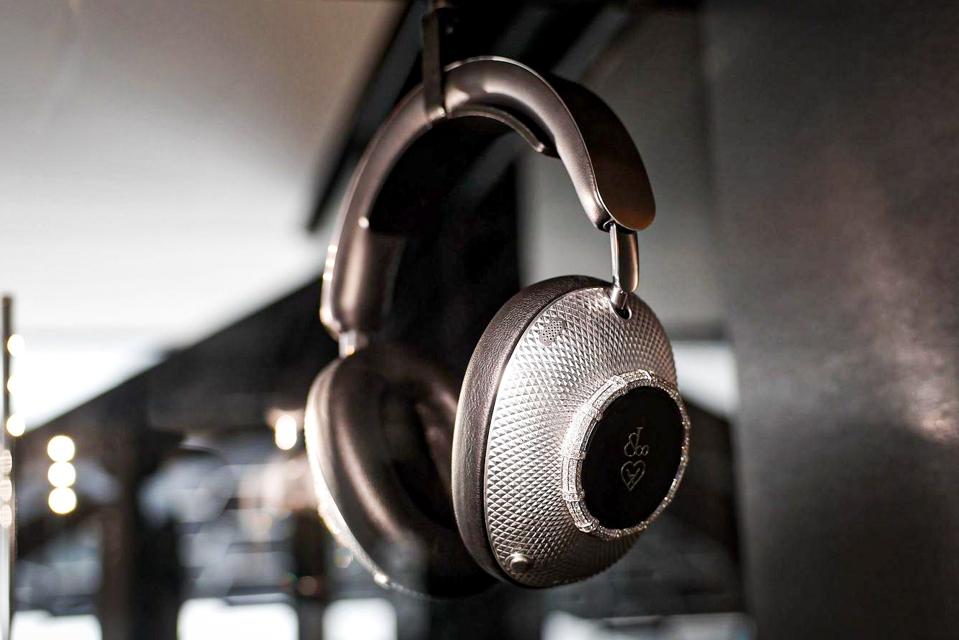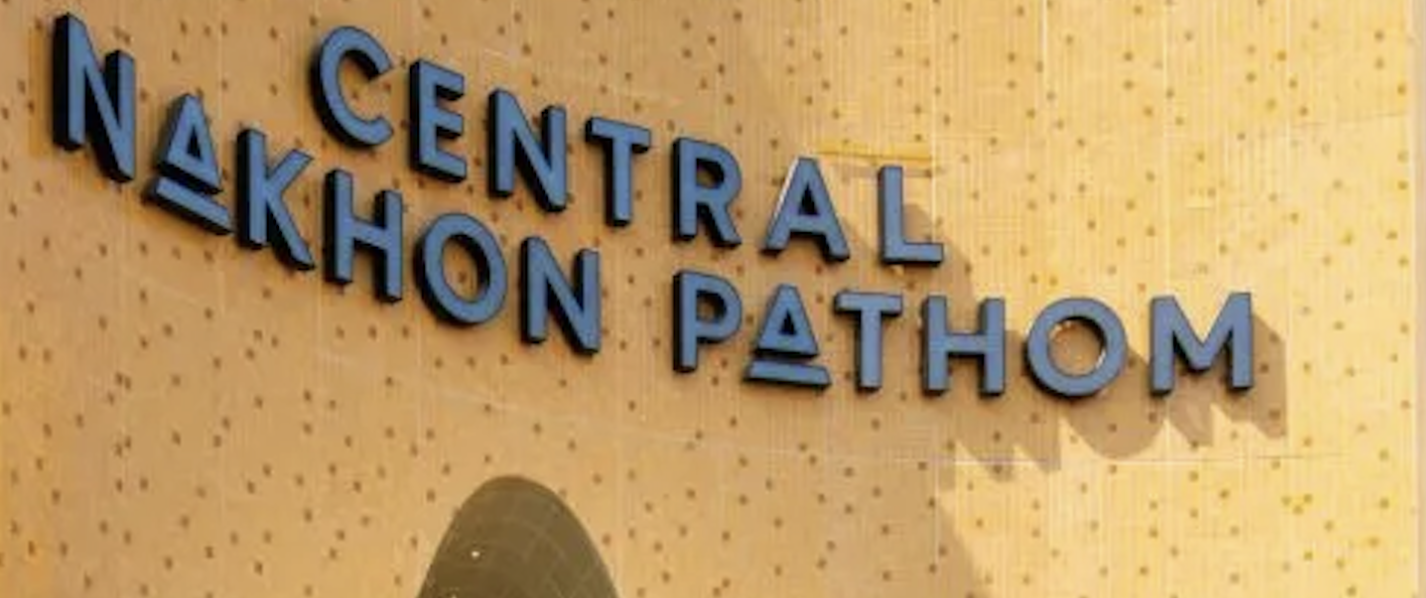Luxury has always been about telling stories, showing off your status, and making things well. But by 2025, the conversation has grown; luxury is now also about new ideas. Fashion brands are no longer just dressing bodies; they are also designing lifestyles. For example, they make diamond-encrusted headphones and designer smartwatches. The Loewe × Jacob & Co. $135,000 luxury headphones are a great example of this change. They are a shining example of how technology and high-end design are coming together to change what luxury means in the digital age.

The New Face of Luxury: Tech as the Best Accessory
Luxury fashion brands used to set themselves apart by being exclusive and having beautiful materials, but today’s customers want more than just style. They want functional art, a concept that combines technology with emotion, creating products that are not only aesthetically pleasing but also serve a practical purpose. That’s why partnerships like Loewe × Jacob & Co. are innovative. In August 2025, the brands unveiled their limited-edition headphones adorned with diamonds on a yacht in Monaco. Forbes said they came in sapphire and diamond versions, reflecting a combination of high-quality craftsmanship and cutting-edge design. This partnership wasn’t just about sound quality; it was also a statement about the future of luxury, where beauty and performance come together.
Why High-End Brands Are Getting Into Tech
The sparkle makes sense. Several long-term changes in the market have led to the meeting of luxury and technology:
- Influence of Millennials and Gen Z: Younger people see technology as a natural way to express themselves. From Apple Watches to AI-driven handbags, they want clothes that fit in with their digital lives.
- Different Ways to Make Money: Because traditional luxury sales are going up and down, tech is opening up new markets for high-end design, such as wearables, audio, and AR experiences.
- The Experience Economy: Luxury today is all about experiences. High-end tech items engage multiple senses, including touch, sight, and sound. This gives brands new ways to tell stories.
- Cultural Relevance: Working with technology keeps heritage brands up-to-date with the times. They put themselves in a position to be leaders in modern luxury culture by joining conversations about innovation.
Studies of Cases: Fashion-Tech: What Worked and What Didn’t
Loewe × Jacob & Co.: A daring partnership between a German luxury electronics company and a famous New York jeweler. This partnership has become a symbol of “collectible technology” products that combine function and fantasy. They are few in number but high in craftsmanship.
Louis Vuitton’s Horizon Light-Up Earphones and Speaker: LV’s move into tech accessories has gone mostly well. The Horizon Light Up Speaker is more than just a gadget; it’s a work of art with its famous monogram and unique design. It has been successful because it has kept the brand’s identity while also adapting to modern needs.
The Hermès x Apple Watch is probably the best luxury-tech partnership so far. The Hermès Apple Watch is a blend of digital precision and handcrafted leatherwork. It shows that tech partnerships can work when the values of both brands align rather than compete.
Frends and Dolce & Gabbana Headphones: A previous attempt that didn’t quite hit home. The brand looked great, but it didn’t do a good job of showing that it was more than just decoration. People thought they were too expensive instead of aspirational. This shows how luxury must balance looks with real innovation.
The virtual goods partnership between Gucci and Meta: Gucci’s success in the Metaverse, from Roblox to virtual sneakers shows that luxury can connect with people on a deeper level online. The key? Brand storytelling and limited availability.
The Plan Behind Fashion-Tech Partnerships
Combining high fashion with cutting-edge technology is more than just a trend; it’s a strategic move. What makes it strong is:
- Symbolic Value: Luxury shoppers don’t want things that are useful anymore; they want things that are different. Fashion brands’ tech products are prestigious because they are new and different.
- Scarcity and exclusivity: Limited editions make things more desirable. Loewe’s $135,000 headphones weren’t meant for everyone; they were meant to make news.
- Cross-Audience Synergy: These partnerships bring together two groups of loyal customers: tech fans and luxury collectors. This increases brand awareness across industries.
- Cultural Storytelling: Brands can connect with modern stories about creativity, digital identity, and innovation by making high-tech art pieces.
When It Doesn’t Work
But not every partnership works out. A lot of the time, failed attempts are because of:
- Misaligned Brand Values: When the look of a luxury item is more important than its function, or the other way around, it loses its authenticity.
- Bad Timing: Getting on board with tech trends without fully integrating them hurts credibility.
- Not telling an emotional story: Products that seem gimmicky don’t usually stay luxury.
The Future of High-Tech Luxury
AI, sustainability, and personalization will shape the next wave of luxury innovation as we move into a new era. Imagine AI-curated jewelry that adapts to your mood, or wearables powered by clean energy. Fashion companies are even creating NFTs based on real-world craftsmanship. These are not just trends; they are the future of high-tech luxury.
- Wearables that run on clean energy.
- Fashion companies are making NFTs that are based on real-world craftsmanship.
Luxury brands that see technology as a way to tell stories that touch people’s hearts, not just as a new thing, will do well. Those who see it as a marketing trick will get lost in the digital noise.
Making the Experience: Beyond the Product
The diamond details and high price tag of Loewe × Jacob & Co. are not what make it special; it’s the experience it represents. It brings together the worlds of culture, craftsmanship, and new ideas in one thing. Today, luxury isn’t about what you have; it’s about how you feel when you have it. When art enhances technology, it becomes the most luxurious form of emotional comfort.
Where Raffles Shapes the Future of Fashion Innovators
The fashion leaders of the future need to be both creative and strategic, able to develop ideas that connect old and new styles.
References
Forbes. (2025, September 1). How Loewe and Jacob & Co.’s $135,000 headphones signal luxury’s future. Retrieved from https://www.forbes.com/sites/jeetendrsehdev/2025/09/01/how-loewe-and-jacob–cos-135000-headphones-signal-luxurys-future/
Loewe International/Jacob & Co. (2025, August 27). A pair of Loewe × Jacob & Co. $135,000 diamond-studded luxury headphones on display during their official launch aboard a yacht in Monaco. Forbes.
McKinsey & Company. (2024). State of Fashion: Technology and Transformation.
Kapferer, J. N., & Bastien, V. (2023). The Luxury Strategy: Break the Rules of Marketing to Build Luxury Brands (3rd ed.). Kogan Page.
WARC. (2025). Luxury innovation: Bridging the gap between craftsmanship and technology.







